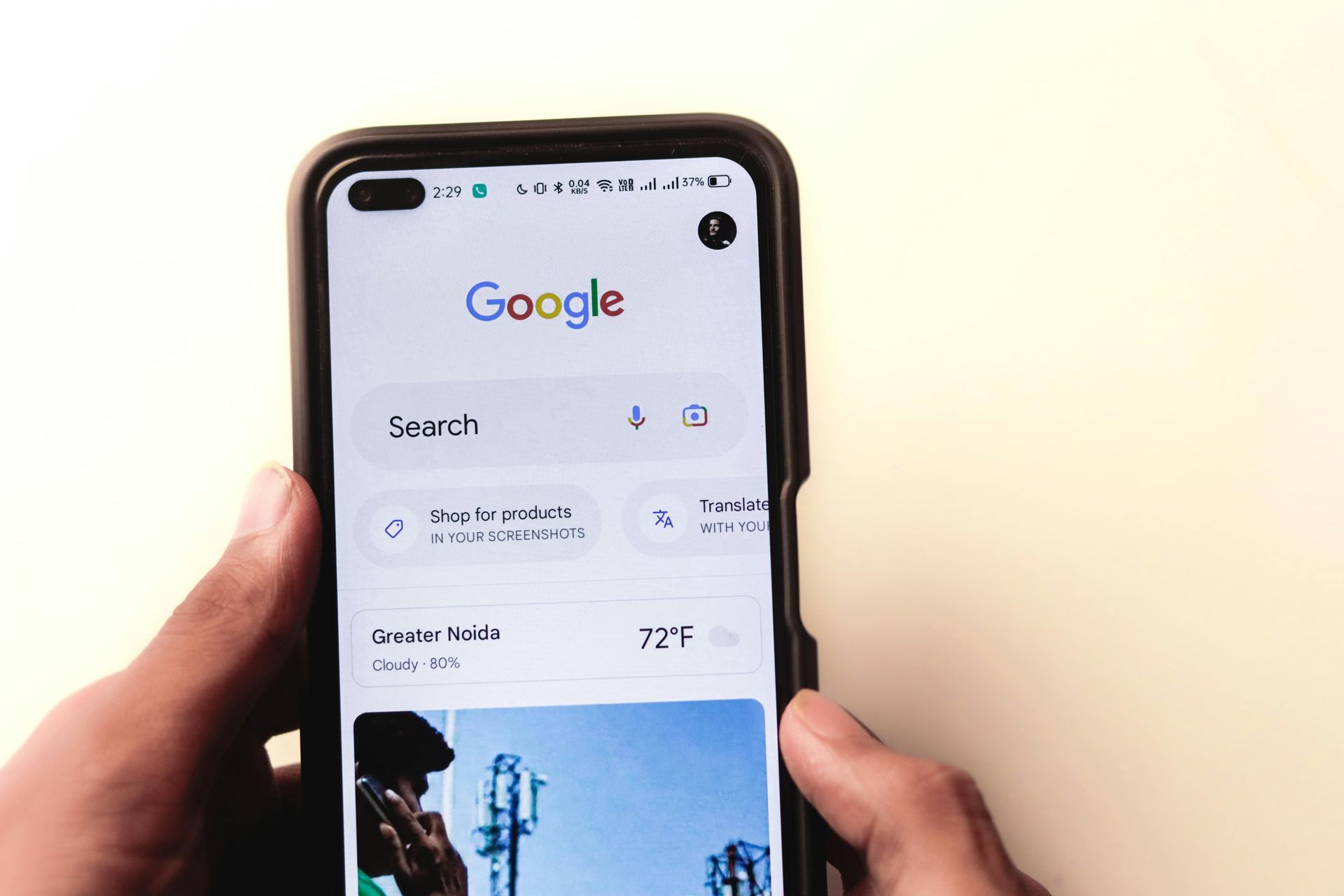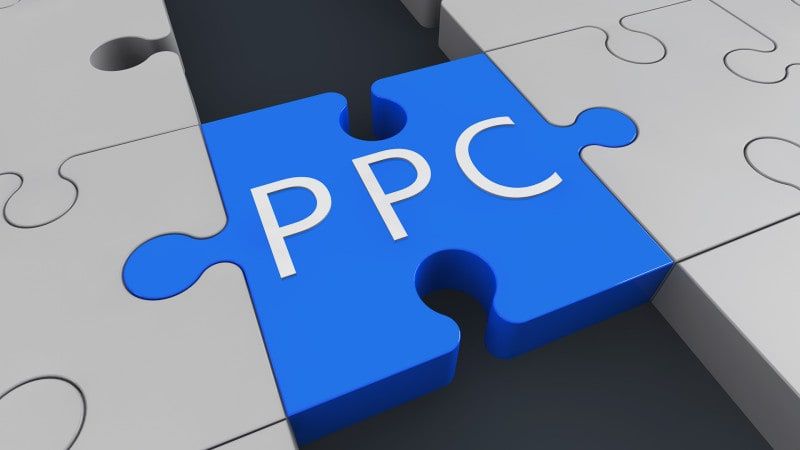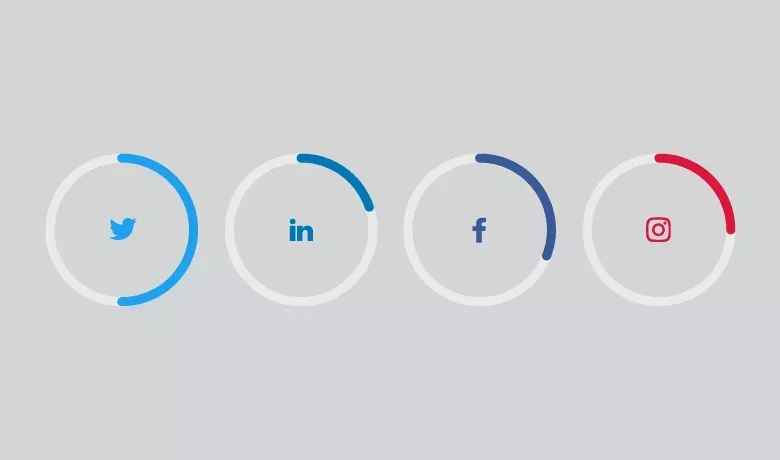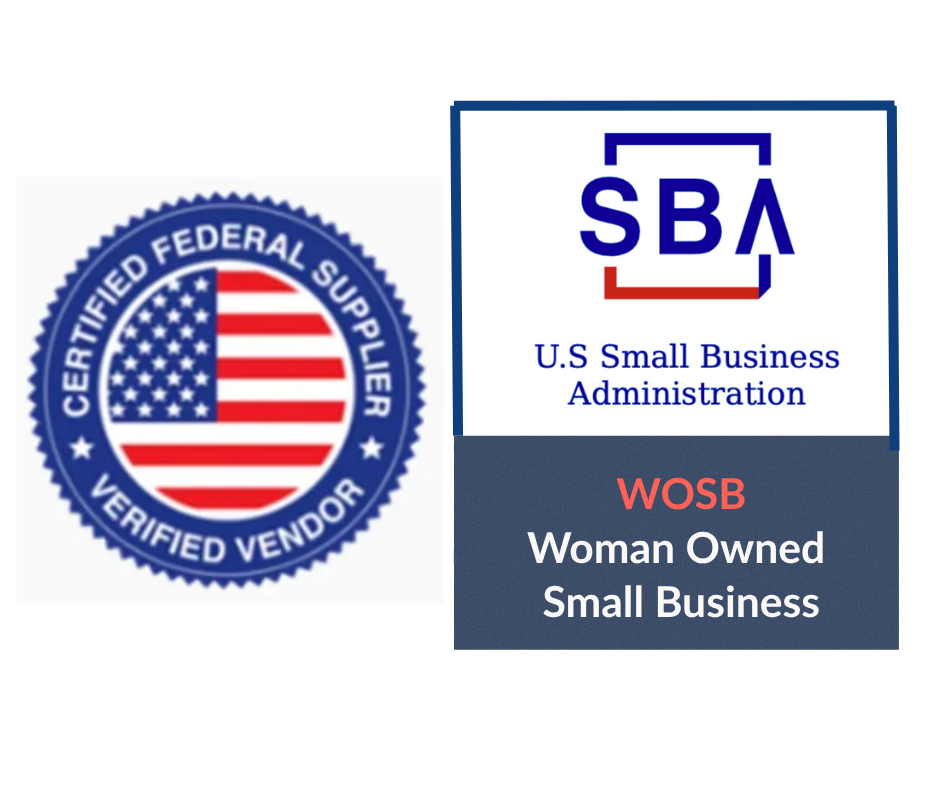The $500 Google Ads Mistake 90% of Small Businesses Make
Why your budget isn't the problem,
and what to fix before spending another dollar.

Let me tell you about Mike, who owns a pest control company in Phoenix. He came to us frustrated because he'd been spending $500 per month on Google Ads for eight months with disappointing results. "I'm getting clicks," he said, "but I'm only booking maybe two jobs per month from Google Ads. At this rate, I'm barely breaking even."
When I looked at his account, I immediately spotted the mistake that's costing small businesses thousands of dollars every month. Mike wasn't making this mistake because he was inexperienced or careless. He was making it because it seems logical, and Google's interface actually encourages it.
Here's the mistake: Mike was spreading his $500 budget across Phoenix's entire metropolitan area, targeting anyone within a 25-mile radius of his business.
"I want to reach as many potential customers as possible," he explained. "Phoenix is a big city, and I can service anywhere in the metro area." This reasoning makes perfect sense until you understand how Google Ads actually works in competitive local markets.
The Geographic Dilution Problem
Here's what was happening with Mike's campaigns: Phoenix has over 1.7 million people spread across 500+ square miles. When you tell Google to target that entire area with a $500 monthly budget, you're asking it to compete against larger companies with bigger budgets across every single neighborhood.
Your $16 per day gets spread so thin that you can't achieve meaningful visibility in any specific area. You're fighting for ad placement against companies spending $100+ per day in the same geographic zones.
Google's auction system means you either pay premium prices for occasional visibility, or you get pushed to less competitive time slots and keywords.
Meanwhile, your bigger competitors are using geographical precision like a sniper rifle. They might spend $200 per day, but they're concentrating that budget on specific ZIP codes where they know they can dominate the auction and win most of the relevant searches.
The Fix That Doubled Mike's Results
We made one primary change to Mike's account: instead of targeting the entire Phoenix metro area, we identified the five ZIP codes closest to his business location and concentrated his entire budget there.
This meant Mike was now spending $16 per day to dominate a much smaller area instead of getting lost in a much larger one. Within those five ZIP codes, his ads started appearing for nearly every relevant search because he was no longer competing against companies with massive budgets.
The results were immediate. His cost per click dropped by 40% because he was winning more auctions. His conversion rate increased because he was reaching people who were geographically closer and more likely to choose a local provider. Most importantly, he went from booking two jobs per month to five jobs per month from Google Ads.
Why This Mistake is So Common
Google's default settings encourage broad geographic targeting. When you set up a campaign, Google suggests targeting areas based on your business address, but it often recommends radiuses that are too large for small business budgets.
The interface makes it seem like targeting a larger area will get you more customers. More people in your target area means more potential clicks, right? But this logic ignores the competitive reality of how ad auctions work.
It's similar to trying to advertise on a billboard. You could rent a billboard on the busiest highway in your state, but you'll pay premium prices and compete with national brands. Or you could rent a billboard in your specific neighborhood where you can afford to be visible consistently and where people are more likely to choose a local business.
The Budget Concentration Strategy
Here's the strategic principle that changes everything: it's better to dominate a small area than to be invisible in a large area. This applies to more than just geography.
We see small businesses making the same mistake with:
- Time of Day Targeting: Spreading their budget across all hours instead of concentrating on the times when their ideal customers are most likely to search.
- Device Targeting: Trying to appear on desktop and mobile instead of focusing on whichever device type converts better for their specific business.
- Keyword Targeting: Targeting hundreds of loosely related keywords instead of focusing budget on the 10-15 keywords that actually drive business.
How to Calculate Your Optimal Geographic Target
Here's a simple formula we use with clients: take your monthly Google Ads budget and divide it by 30 to get your daily budget. Then ask yourself: "How much area can I realistically dominate with this daily budget in my market?"
For most small businesses spending $300-800 per month, the answer is usually a radius of 3-8 miles from their business location, or 3-6 specific ZIP codes.
If you're a service business, focus on the areas where you already have customers and good reviews. If you're retail, focus on the areas within reasonable driving distance where people would realistically travel for your products or services.
The Exception That Proves the Rule
Now, there are exceptions to this strategy. If you're in a rural area with little competition, you might be able to target a larger geographic area effectively. If you have a very unique service with little local competition, broader targeting might work.
But for most small businesses in competitive markets, geographic concentration is the fastest way to improve Google Ads performance without increasing budget.
Advanced Geographic Strategies
Once you're dominating your core geographic area, you can start to expand strategically. We usually recommend this progression:
- Phase 1: Dominate your immediate area (3-5 miles radius)
- Phase 2: Expand to adjacent areas one at a time, monitoring performance
- Phase 3: Create separate campaigns for different geographic areas with tailored messaging
This allows you to scale your geographic reach while maintaining strong performance in each area.
The Mindset Shift That Changes Everything
The hardest part of implementing this strategy is the mindset shift. It feels counterintuitive to target fewer people when you want more customers. But Google Ads isn't about reaching the most people – it's about reaching the right people when they're ready to buy.
Mike's original strategy was like fishing with a huge net in a lake full of other fishermen with bigger nets. Our strategy was like finding a smaller pond where he could catch more fish with less competition.
How to Implement This:
If you're currently targeting a large geographic area with a small budget, here's how to make this change:
- 1. Audit your current geographic targeting. How large is your current target area? How does your daily budget compare to your competitors in that area?
- 2. Identify your core service area. Where are your best current customers located? Which areas can you service most efficiently?
- 3. Test geographic concentration. Pick 3-5 ZIP codes or a 5-mile radius and redirect your entire budget there for 30 days.
- 4. Monitor the metrics that matter. Track cost per click, conversion rate, and most importantly, actual customer acquisition costs.
Most businesses see improvement within 2-3 weeks of implementing geographic concentration. The difference in performance is usually dramatic enough that you'll never want to go back to broad targeting.
The Broader Lesson
This geographic targeting mistake is really a symptom of a larger issue: small businesses trying to compete like big businesses instead of leveraging their natural advantages.
Your advantage as a small business isn't that you can serve everyone everywhere. It's that you can provide exceptional service to people in your immediate area. Your Google Ads strategy should reflect and amplify that advantage, not try to overcome it.
When you concentrate your marketing efforts where you can realistically dominate, you stop competing on price and start competing on proximity, responsiveness, and local reputation. And in those competitions, small businesses often have significant advantages over larger competitors.
The $500 mistake isn't really about the money, it's about the opportunity cost of not being visible to the people who are most likely to become your customers. Fix your geographic targeting, and you might be surprised how much better your current budget performs.











